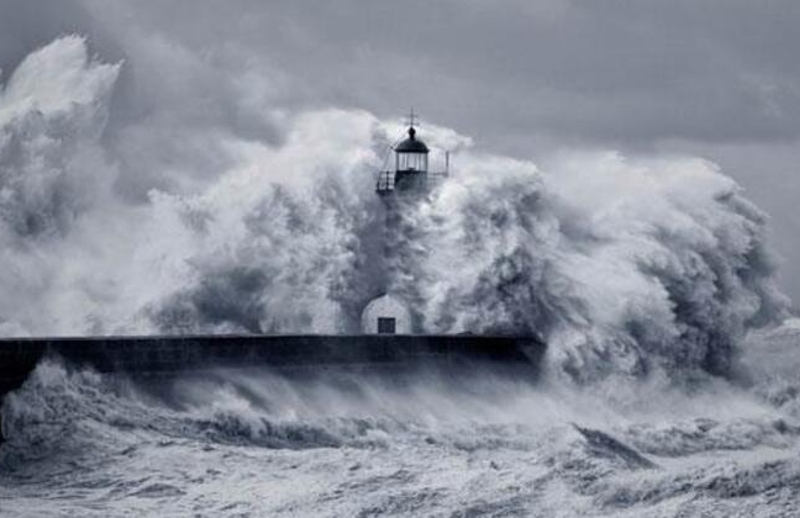What to Do When An Earthquake Happens While At Sea
Earthquakes can occur in the seas as well as on the earth. Earthquakes, which are formed by the breaking of the land pieces under pressure by the compression of the earth's rock pieces, occur in the seas as well as on the land. So what should we do if an earthquake occurs while traveling or swimming in the sea;
First, as soon as you feel or see the shaking, you must quickly decide where the safe zone will be by checking your surroundings. If we are on a ship in the open sea, we should try to take the waves from the back of the ship by observing the waves and turning our ship in the direction of the waves. Large waves formed can cause overturning if we pick up from the side of the ship. We should not underestimate the small waves that occur after an earthquake. It has been seen in earthquakes, most of which took place on the sea floor, where large waves formed after small waves.
If you are not in a deep zone, we should move away from any structures, ships, or platforms that pose a danger.
In shallow water areas, the sea level can rise rapidly, thus creating the risk of a tsunami. If there is a danger of a tsunami, try not to be in shallow water areas and if possible we should reach a high altitude area or structure and get ourselves as high above sea level as possible.
If traveling at sea, stay close to emergency exits and follow crew directions, making sure your safety equipment, including life jackets, is ready. In a vessel under our control, on the other hand, it can reduce or even prevent the damage that the wave will cause to them and the vessel by going far from the shore, into deep waters.
If we are caught in an earthquake while diving, we will come to the surface as quickly as possible, which means that we may feel discomfort in our ears due to pressure changes, but we should be careful of the discomfort this situation creates and we should come to the surface at a speed to be careful of the risk of getting hit.
During an earthquake, turbulence may occur in the sea due to wave movements or undersea slides. Therefore, you need to pay attention to sea traffic until you reach a safe area.
If it is necessary to follow the warnings against the possible tsunami danger after the earthquake and leave the area, we should do this immediately. Until the tsunami threat passes, we must help people in our immediate surroundings and call emergency services when necessary. The first arrival of a tsunami on the seashore is manifested by an abnormal rise or collapse of the water level (within 10-15 minutes depending on the size, type, and type of earthquake, and sea condition). This leading weak first wave of the tsunami heralds the next two or third strong waves. In this case, the only thing to do is; away from the shore. Those who are on the seaside, on the other hand, need to go far and high from the sea.
It is important to keep your cool during natural disasters such as earthquakes and tsunamis. This will be the best way to keep yourself and other people safe.

